Jakarta –
Hunger, poverty, war and disease: these are some of the factors that can drastically change the food we eat.
In extreme conditions, broken people are forced to eat mud, cactus fruit, flowers, mice, bones or animal skins in order to survive.
Severe hunger, malnutrition and malnutrition are daily challenges in many parts of the world and on a large scale:
The UN food agency said “a total of 828 million people sleep hungry every night” and “345 million face severe food insecurity”.
The BBC spoke to four people from different parts of the world who were experiencing extreme hunger and asked them how they survived.
Read also:
“Mice are the only meat I can afford”
“I have been eating mice since childhood and have never had any health problems. I feed the mice to my two-year-old grandson. We are used to it,” said Rani, who lives in South India.
The 49-year-old lives near Chennai and is part of India’s most marginalized community: she left school in the fifth year.
In the Indian culture of the caste hierarchy, people like Rani have suffered from discrimination for years.
Rani eats rat meat at least twice a week (Rani)
Rani works for an NGO that saves people in her community – Irula – who are trapped as laborers.
“We have always lived outside the city or in the villages. My parents and grandparents told us that they once had nothing to eat, not even tubers. In those difficult times, mice became very necessary food,” Rani told her. BBC.
“I learned to take them from an early age.”
The survival skills he acquired as a child now help him and his family feed themselves: they cook mice at least twice a week.
The community of Irula eats a kind of mouse found in rice fields, not mice found in homes.
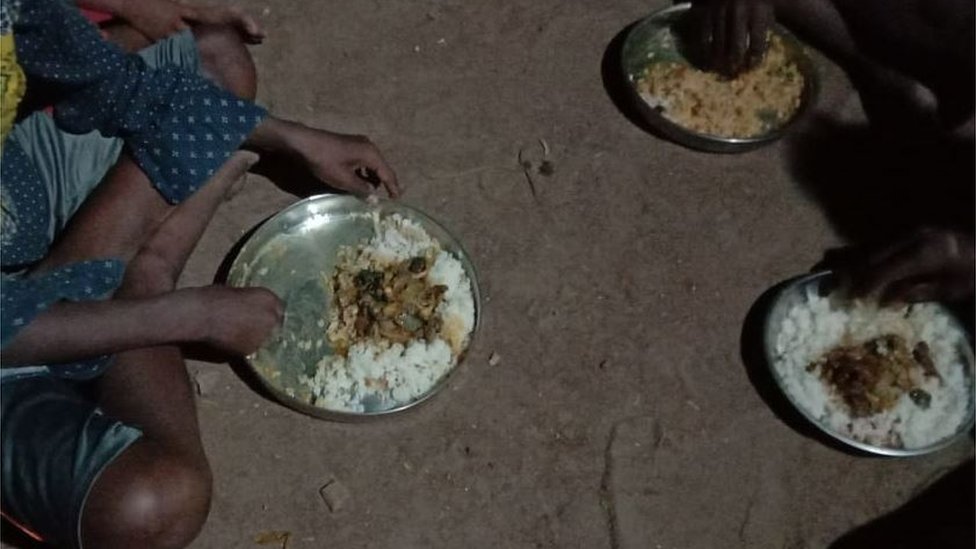
Rani cooks mice for various dishes. (Rani)
“We shake the mice and roast the meat over the fire, then eat them. Sometimes we cut them into small pieces and cook them with lentil leaves and tamarind sauce,” Rani said.
The seeds that the mice hide in their burrows are also collected by the Irula community for later consumption.
“I can only eat chicken or fish once a month. Rats are widely available and free,” he added.
“I drank muddy water and saw people eating carcasses”
The United Nations says Somalia is facing severe famine and the drought that has hit the country today is the worst in 40 years and has caused the displacement of more than one million people.
Sharifo Hassan Ali, 40, a mother of seven, was one of those displaced.
He was forced to leave his village and travel more than 200km, mostly on foot, from the Lower Shabell area to a makeshift shelter on the outskirts of the capital Mogadishu. The trip was done in five days.
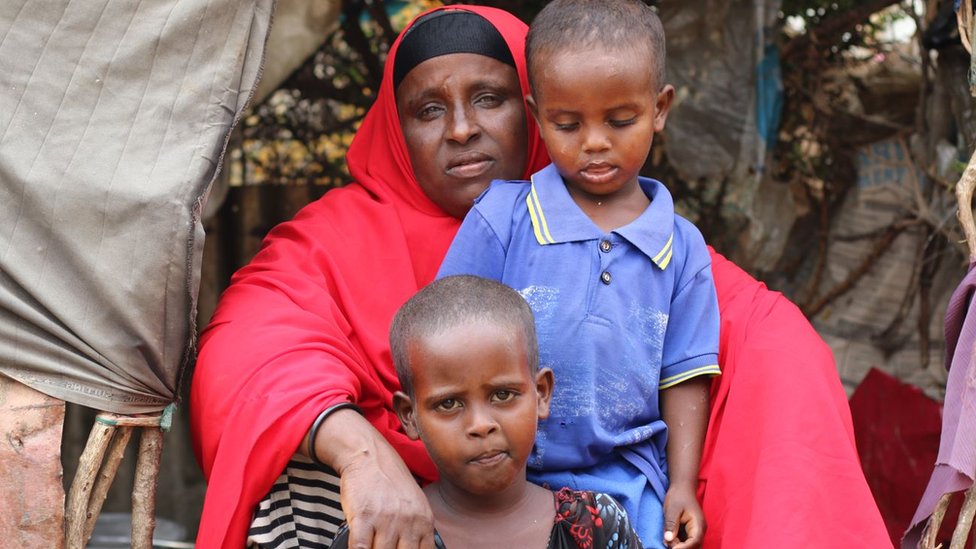
Abdulkadir Mohamed / NRCSharifo Hassan Ali said some people eat the carcasses of long-dead animals
“During that trip we only ate once a day. When there wasn’t enough food, we only fed the children and we were starving,” he said.
On the way to the capital, he witnessed some shocking scenes.
“The river dried up completely. There was only little water flowing, so we had to drink muddy water,” said Hassan Ali.
“I have seen hundreds of animals die on the way to Mogadishu. People even eat carrion and animal skins.”
Hassan Ali had 25 cows and 25 goats. But the animals died as a result of the drought.
“It doesn’t rain and nothing grows on my farm,” he said.
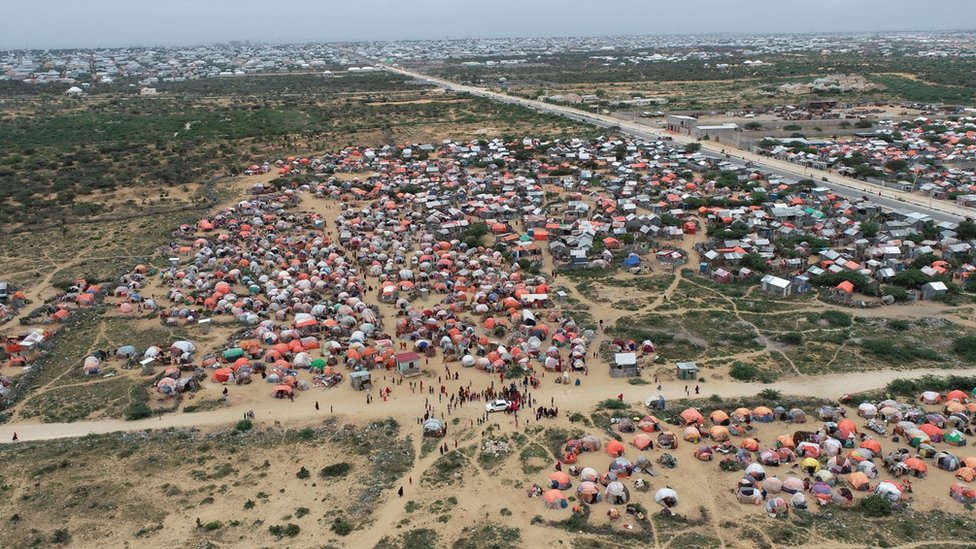 Abdulkadir Mohamed / NRCM over one million people displaced by the drought in Somalia
Abdulkadir Mohamed / NRCM over one million people displaced by the drought in Somalia
Now he only earns around Rp 30,000. a day washing other people’s clothes, but that’s not enough money to buy food.
“I can’t buy a kilogram of rice and vegetables with that money, and it’s never enough for everyone. This drought is very cruel to us.”
He received help from charities, but also revealed it wasn’t enough.
“We have nothing,” said Hassan Ali.
“My family depends on discarded animal skins and bones”
For the past two years, Lindinalva Maria da Silva Nascimento, a 63-year-old grandmother from São Paulo, Brazil, has been consuming animal bones and skins discarded by local butchers.
This pensioner only has about Rp. 60,000 a day to buy food for herself, her husband, a son and two grandchildren.
He couldn’t afford meat, so he went to a butcher and bought chicken bones and skins. To get him too, he had to spend around Rp 10,000. per kilogram.
“I cook the bones with a little more meat on the skin. I add the walnuts for flavor.”
The chicken skin, he said, was fried without oil, and the accumulated fat was retained.
Lindinalva kept it in an empty mayonnaise jar and used it to fry food later.
“I can’t even buy fruits, vegetables and sweets. I used to have a refrigerator full of meat and vegetables and a refrigerator full of cabbage, tomatoes, onions, there were a lot of them,” he said.
“Today, [kulkas] it was empty and the only thing I had was an onion in the fruit bowl. “
Lindinalva lost her livelihood due to the pandemic and her son is also unemployed.
“I depend on food donations from people I know and the help of the local Catholic Church. That’s how I survive,” he explains.
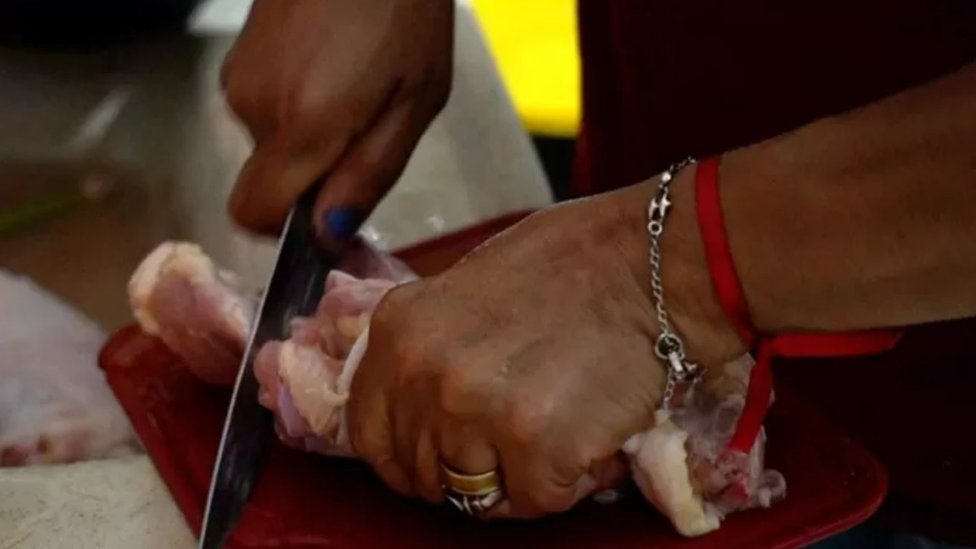 BBC Lindinalva admits that it is difficult to get food, even just leftover meat
BBC Lindinalva admits that it is difficult to get food, even just leftover meat
More than 33 million people in Brazil are experiencing hunger, according to the latest report compiled by the Brazilian Food Safety Network.
The latest research, published last June, also found that more than half of the Brazilian population suffers from food insecurity.
“Meat traders often say they have no bones,” Lindinalva complained.
He added that he had to reduce his portions to secure food supplies.
“I also stayed because I believed that things would get better sooner or later”.
“My kids and I survive on red cactus fruits”
“No rain and no crops. We have nothing to sell. We have no money. I cannot afford to eat rice.”
Fefiniaina is a young mother of two aged 25 who lives in Madagascar, an island located in the Indian Ocean.
Low rainfall over the past two years has destroyed rice fields and decimated livestock.
It has also driven more than a million people to starvation, according to the United Nations.
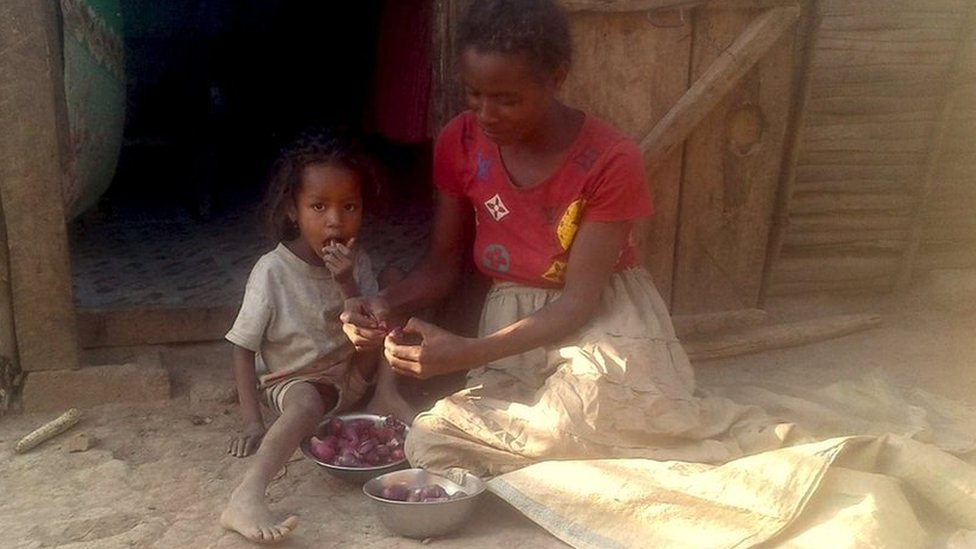 Unicef / Rakoto / 2022 The cactus makes Fefiniaina’s son suffer from diarrhea
Unicef / Rakoto / 2022 The cactus makes Fefiniaina’s son suffer from diarrhea
Fefiniaina lives in the city of Amboassary, one of the hardest hit by the drought in Madagascar.
She and her husband live by selling water.
“When I get money, I buy rice or cassava. When I have nothing I have to eat red cacti and go to bed hungry,” he told the BBC via a UNICEF translator.
“Most people here eat the cactus fruit. It tastes a bit like tamarind.”
“We’ve been eating it for the past four months and now my two kids have diarrhea.”
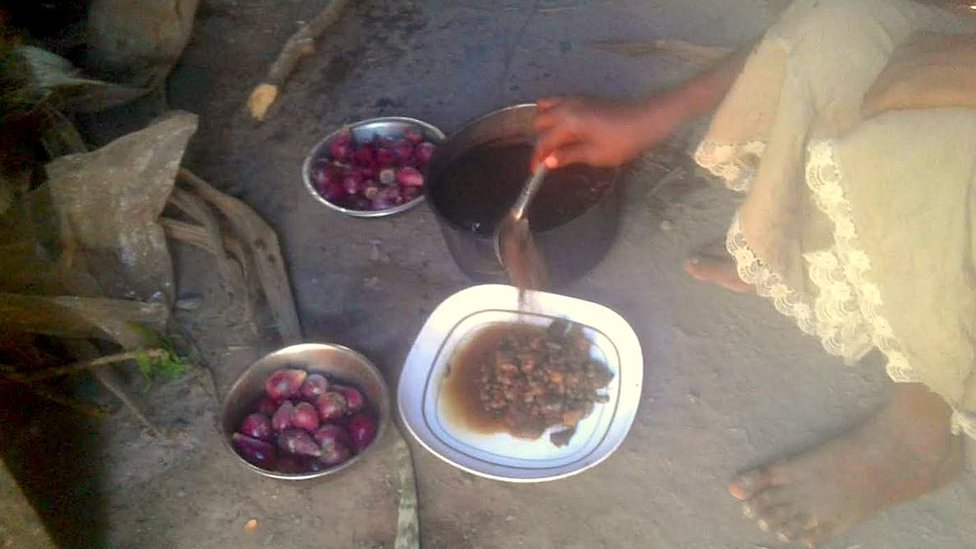 Unicef / Rakoto / 2022 Fefiniaina adds sour sauce to cactus fruit dishes
Unicef / Rakoto / 2022 Fefiniaina adds sour sauce to cactus fruit dishes
The United Nations Food Agency reported last year in southern Madagascar, “people eat” People eat cactus leaves, wild roots, just to appease hunger. “
The fruit may have helped the Fefiniaina family survive, but it lacked the vitamins and minerals they needed.
Her four-year-old son is one of the children receiving treatment for malnutrition.
“Even with a little rain, we can get a crop. We can eat sweet potatoes, cassava and fruit,” said Fefiniaina.
“And we mustn’t eat cactus fruit.”
 BBC
BBC
The World Food Agency (WFP) says the hunger afflicting the world today is worse than ever.
The agency has defined the cause of the current “seismic hunger crisis” as four factors: conflicts, climate shocks, economic consequences of the Covid-19 pandemic and rising costs.
“WFP’s monthly operating costs were $ 73.6 million above the 2019 average, a whopping 44% increase,” says the 2022 report.
“The additional costs now spent on previous surgeries will feed four million people in one month.”
But the organization says that money alone will not end the crisis: unless there is the political will to end conflict and a commitment to contain global warming, “the main driver of hunger will continue,” it concludes. the report.
(Additional report of Philip Souza)
(it it)


